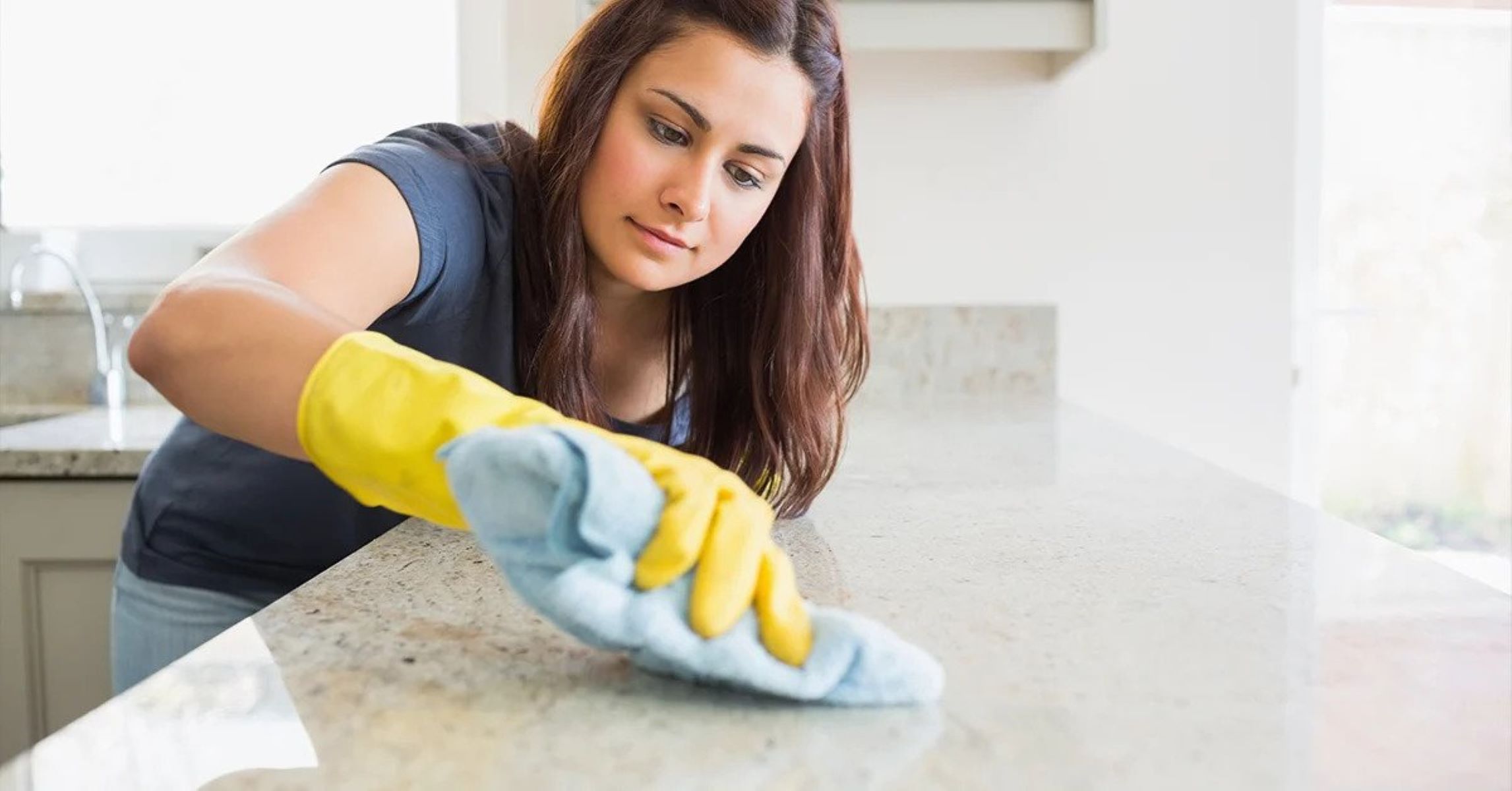

Articles
How To Get Stains Off The Countertops
Modified: February 5, 2024
Looking for articles on how to get stains off the countertops? Discover effective solutions and tips to restore the pristine look of your countertops in no time.
(Many of the links in this article redirect to a specific reviewed product. Your purchase of these products through affiliate links helps to generate commission for Storables.com, at no extra cost. Learn more)
Introduction
Countertops are an essential part of any kitchen or bathroom, providing both functionality and aesthetic appeal. However, over time, countertops can develop unsightly stains that can be challenging to remove. Whether it’s a pesky coffee stain, a stubborn grease mark, or an ink spill, knowing how to effectively get rid of stains on your countertops is crucial to maintaining their pristine condition.
In this article, we’ll explore some common types of stains that can mar the beauty of your countertops and provide you with effective solutions to remove them. We’ll also discuss the essential supplies you’ll need and precautions to take to ensure the safety of both your countertops and yourself. Additionally, we’ll provide you with some general cleaning and maintenance tips to help you keep your countertops looking their best.
So, if you’re ready to bid farewell to those unsightly stains and restore your countertops to their former glory, let’s dive in!
Key Takeaways:
- Say goodbye to stubborn stains on your countertops by using everyday household items like dish soap, baking soda, and lemon juice to restore their pristine condition.
- Implement a daily cleaning routine and preventive measures to keep your countertops looking fresh and beautiful, while also ensuring their longevity and durability.
Read more: How To Get Stains Off Granite Countertops
Common Types of Stains on Countertops
Countertops can fall victim to different types of stains, making them appear dull and unattractive. Here are some of the most common types of stains you may encounter:
- Coffee stains: Coffee spills are a common occurrence in kitchens and can leave behind unsightly brown stains on your countertops. These stains can be caused by hot coffee or coffee grounds that have come into contact with the surface.
- Wine stains: Enjoying a glass of wine can be relaxing, but when that glass spills onto your countertops, it can leave behind stubborn red or purple stains. Wine stains are particularly challenging to remove if not attended to promptly.
- Grease stains: Cooking can often lead to grease splatters, especially near stovetops, and over time, these splatters can accumulate and create greasy stains on your countertops. Grease stains can make your countertops look dirty and grimy.
- Ink stains: Accidental ink spills can happen, and when they do, they can create quite a mess on your countertops. From pens leaking to printer accidents, ink stains can be particularly challenging to remove due to the nature of ink.
- Rust stains: Rust stains can occur when metal objects, such as cans or utensils, are left on the countertop without any protective covering. Over time, the moisture from the metal can cause rust to develop and stain the surface.
It’s important to note that different stains may require different methods of removal, as the approach to tackling each stain varies. Now that we’ve identified the common types of stains, let’s move on to the supplies you’ll need to effectively remove them.
Supplies Needed
Before diving into the stain removal process, it’s essential to gather the necessary supplies. Here are the items you’ll need to effectively remove stains from your countertops:
- Dish soap: A mild dish soap is a versatile cleaning agent that can help break down and remove various types of stains.
- Baking soda: Baking soda is another multi-purpose ingredient that works as a gentle abrasive and can help lift stains without damaging the surface of your countertops.
- Hydrogen peroxide: Hydrogen peroxide is an excellent stain remover and disinfectant. It’s particularly helpful for tackling tough stains like wine or ink.
- White vinegar: White vinegar is a natural cleaning agent that can help remove stains, deodorize, and disinfect countertops. Its acidic properties make it effective against grease and coffee stains.
- Lemon juice: Lemon juice is a natural acid that can be used to remove stains and brighten the surface of your countertops. It’s especially useful for tackling rust stains.
- Soft cloth or sponge: A soft cloth or sponge is essential for applying cleaning solutions and gently scrubbing the stains without scratching or damaging the countertop surface.
- Plastic scraper or putty knife: For more stubborn, dried-on stains, having a plastic scraper or putty knife can help you gently remove the residue without causing any harm to your countertops.
Having these supplies readily available will ensure that you can tackle any stain that comes your way. Now that you have your tools in hand, let’s proceed to the precautions you should take before starting the stain removal process.
Precautions to Take
Before embarking on the stain removal journey, it’s essential to take some precautions to ensure the safety of both your countertops and yourself. Here are some important precautions to keep in mind:
- Test on a small area first: Before applying any cleaning solution or technique to the entire countertop, it’s wise to test it on a small, inconspicuous area. This will help you ensure that the cleaning product or method doesn’t cause any damage or discoloration to the surface.
- Avoid abrasive cleaners or tools: Although stubborn stains may tempt you to use abrasive cleaners or tools, it’s best to avoid them. Abrasive cleaners can scratch the surface of your countertops, causing more damage in the long run. Instead, opt for gentle cleaning solutions and soft cloths or sponges.
- Protect your hands with gloves: Some cleaning products and solutions may contain harsh chemicals that can irritate or harm your skin. To protect your hands, it’s advisable to wear gloves while handling cleaning agents and when performing scrubbing or wiping tasks.
- Ventilate the room when using harsh chemicals: If you’re using cleaning products that have strong fumes or contain harsh chemicals, make sure to have proper ventilation in the room. Open windows or use exhaust fans to ensure fresh air circulation and minimize inhalation of potentially harmful fumes.
By following these precautions, you can minimize the risk of damage to your countertops and maintain a safe and healthy environment while removing stains. With the necessary supplies in hand and precautions taken, you’re ready to tackle those stubborn stains. Let’s move on to the step-by-step process of removing different types of stains from your countertops.
Use a mixture of baking soda and water to create a paste, then gently scrub the stained area with a soft cloth or sponge. Rinse with water and dry thoroughly.
Removing Different Types of Stains
Now let’s delve into the step-by-step process of removing different types of stains from your countertops:
- Coffee stains: Steps to follow
- Blot up any excess coffee with a clean cloth or paper towel.
- Mix a solution of warm water and mild dish soap.
- Dip a soft cloth or sponge into the soapy water and gently blot the stain.
- Rinse the area with clean water and dry it thoroughly.
- If the stain persists, mix a paste of baking soda and water and apply it to the stain. Let it sit for a few minutes, then gently scrub and rinse.
- Wine stains: Steps to follow
- Blot up any spilled wine immediately using a clean cloth or paper towel.
- Mix a solution of equal parts hydrogen peroxide and water.
- Dip a cloth or sponge into the hydrogen peroxide solution and gently dab the stain, starting from the outer edges and working inward.
- Rinse the area with clean water and dry it thoroughly.
- If the stain remains, mix a paste of baking soda and water, apply it to the stain, and let it sit for a few minutes before rinsing.
- Grease stains: Steps to follow
- Blot up any excess grease with a clean cloth or paper towel.
- Mix a solution of warm water and mild dish soap.
- Using a soft cloth or sponge, gently scrub the grease stain with the soapy water.
- Rinse the area with clean water and dry it thoroughly.
- If the stain persists, apply a small amount of baking soda directly to the stain, then scrub using a soft cloth or sponge. Rinse and dry.
- Ink stains: Steps to follow
- Blot up as much of the ink as possible using a clean cloth or paper towel.
- Combine equal parts rubbing alcohol and water.
- Dip a cloth or sponge into the alcohol-water mixture and gently blot the ink stain.
- Rinse the area with clean water and dry it thoroughly.
- If any ink remains, apply a small amount of hydrogen peroxide to the stain, let it sit for a few minutes, then blot and rinse.
- Rust stains: Steps to follow
- Create a paste using lemon juice and baking soda.
- Apply the paste to the rust stain and let it sit for a few minutes.
- Gently scrub the stain using a soft cloth or sponge.
- Rinse the area with clean water and dry it thoroughly.
- If the stain persists, repeat the process or try using a commercial rust remover specifically designed for countertop surfaces.
Remember to follow the instructions carefully and exercise caution while removing stains to avoid any damage to your countertops. Now that you’re equipped with stain removal techniques, let’s move on to some general cleaning and maintenance tips to keep your countertops looking their best.
Read more: How To Get Mattress Stains Off
General Cleaning and Maintenance Tips
In addition to effectively removing stains, implementing a regular cleaning and maintenance routine is essential to keep your countertops in pristine condition. Here are some general tips to help you maintain the beauty and longevity of your countertops:
- Daily cleaning routine: Wipe down your countertops daily with a soft cloth or sponge and mild dish soap to remove any dirt, spills, or food particles. This simple habit can prevent stains from setting in and keep your countertops looking fresh.
- Proper sealing of countertops: Depending on the material of your countertops, they may need periodic sealing to protect them from stains and damage. Granite, marble, and some types of quartz countertops, for example, require sealing to maintain their appearance and durability. Follow the manufacturer’s guidelines for sealing to ensure maximum protection.
- Preventive measures to avoid stains: Taking preventive measures can significantly minimize the chances of stains occurring. Use coasters or placemats under glasses, cups, and bottles to prevent liquid rings. Avoid placing hot pans or pots directly on the countertop surface; use trivets or hot pads instead. Quickly wipe up spills and splatters to prevent them from seeping into the countertop material.
By incorporating these cleaning and maintenance tips into your routine, you can keep your countertops looking their best for years to come. Remember that prevention is key when it comes to stains, and regular care can help prolong the life and beauty of your countertops.
With this comprehensive guide on removing stains and maintaining your countertops, you now have the knowledge and tools to tackle any stain that comes your way. So, say goodbye to those unsightly marks and enjoy the clean and lustrous surfaces of your countertops!
Disclaimer: The information provided in this article is for informational purposes only. Always refer to the manufacturer’s guidelines and test cleaning techniques on a small, inconspicuous area before applying them to the entire countertop surface.
Conclusion
Countertops play a significant role in the overall appearance and functionality of your kitchen or bathroom. However, they are prone to various types of stains that can detract from their beauty. By equipping yourself with the knowledge and tools to remove stains effectively, you can restore your countertops to their original luster and maintain their pristine condition.
In this article, we explored common types of stains, including coffee, wine, grease, ink, and rust stains. We also provided step-by-step instructions for removing each type of stain, utilizing supplies such as dish soap, baking soda, hydrogen peroxide, white vinegar, lemon juice, soft cloths or sponges, and plastic scrapers or putty knives.
However, prevention is always better than cure, and we also discussed some general cleaning and maintenance tips. Incorporating a daily cleaning routine, properly sealing your countertops, and implementing preventive measures can go a long way in avoiding stains and keeping your countertops looking their best.
Remember to take precautions when removing stains, such as testing on a small area first, avoiding abrasive cleaning agents or tools, protecting your hands with gloves, and ensuring proper ventilation when using harsh chemicals. Safety is paramount when dealing with stains, and following these precautions will help prevent any damage or harm.
By following the information and tips provided in this article, you now have the knowledge and tools to confidently tackle stains on your countertops. With a little effort and the right approach, you can keep your countertops in exceptional condition, enhancing the overall aesthetic appeal of your space.
So say goodbye to those pesky stains and hello to beautiful, stain-free countertops that will impress both you and your guests. Remember to clean and maintain your countertops regularly to preserve their beauty and functionality. Enjoy a sparkling clean and inviting space that you can be proud of!
Disclaimer: The information provided in this article is for informational purposes only. Always refer to the manufacturer’s guidelines and test cleaning techniques on a small, inconspicuous area before applying them to the entire countertop surface.
Frequently Asked Questions about How To Get Stains Off The Countertops
Was this page helpful?
At Storables.com, we guarantee accurate and reliable information. Our content, validated by Expert Board Contributors, is crafted following stringent Editorial Policies. We're committed to providing you with well-researched, expert-backed insights for all your informational needs.
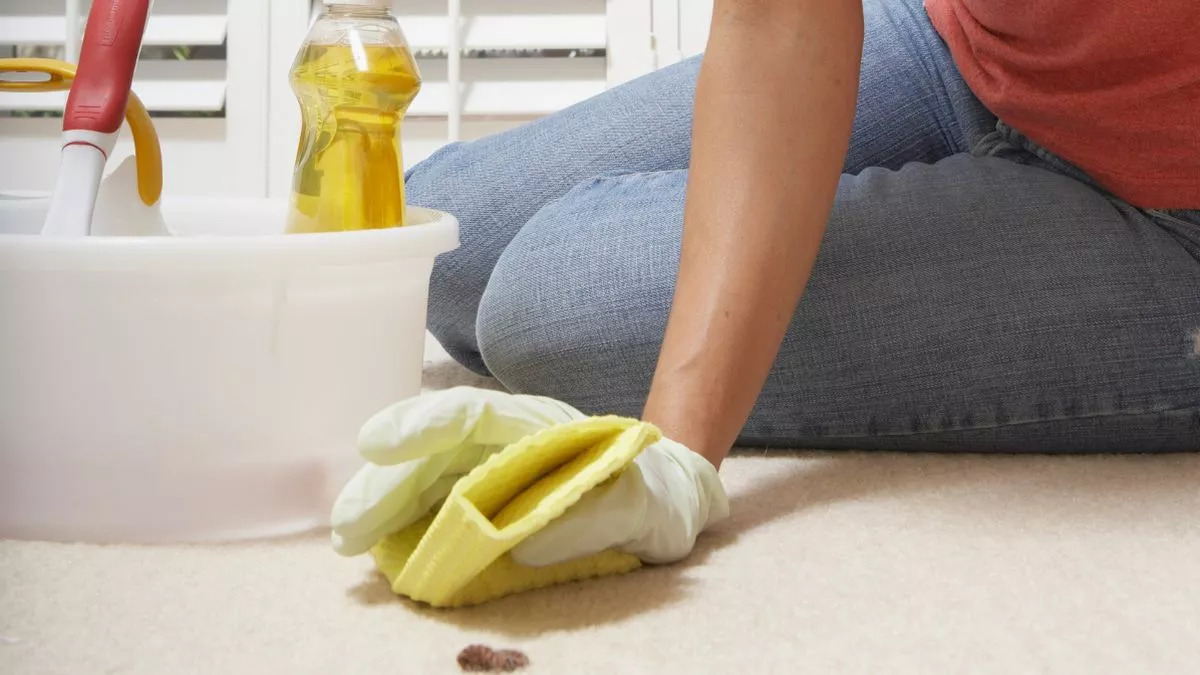
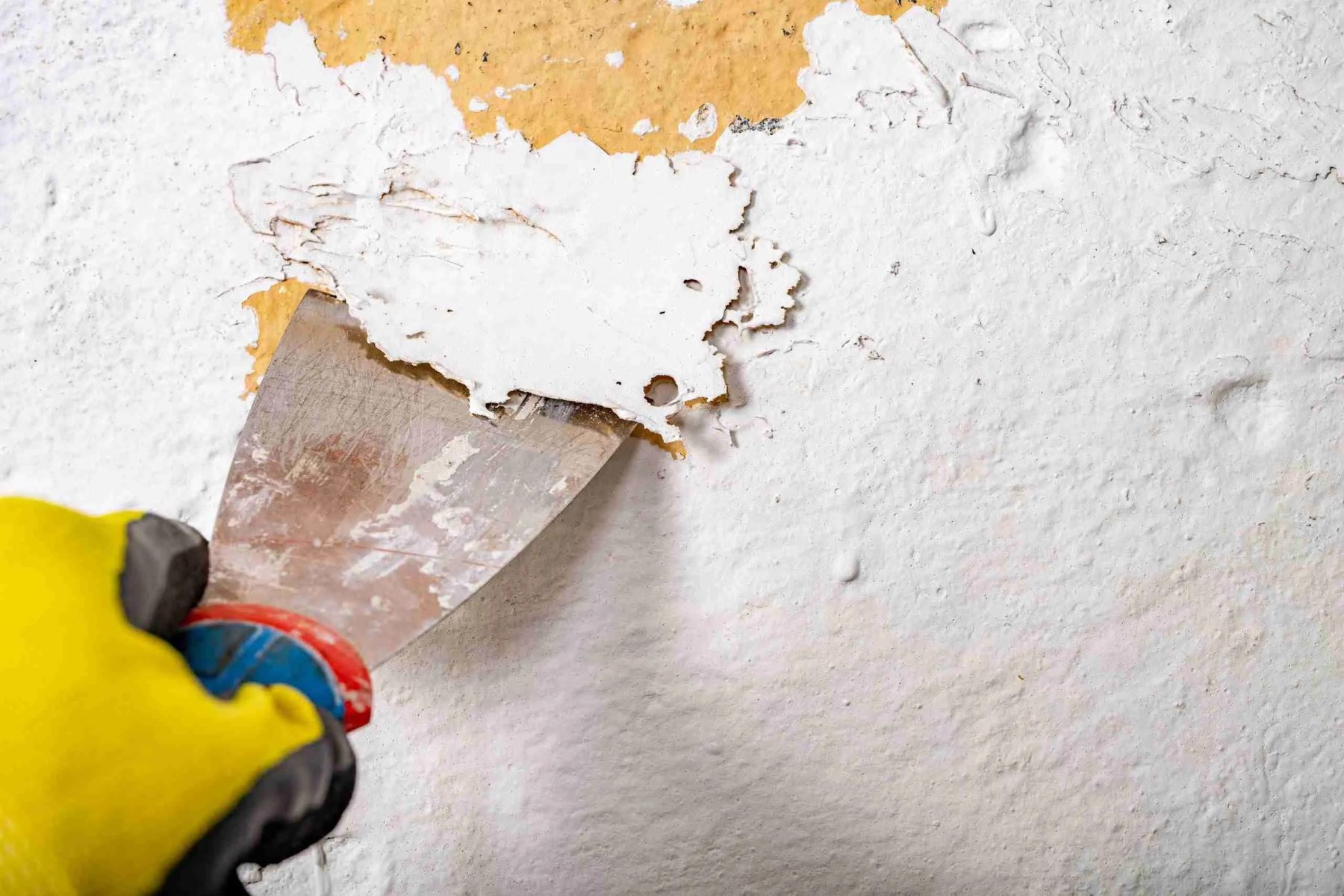
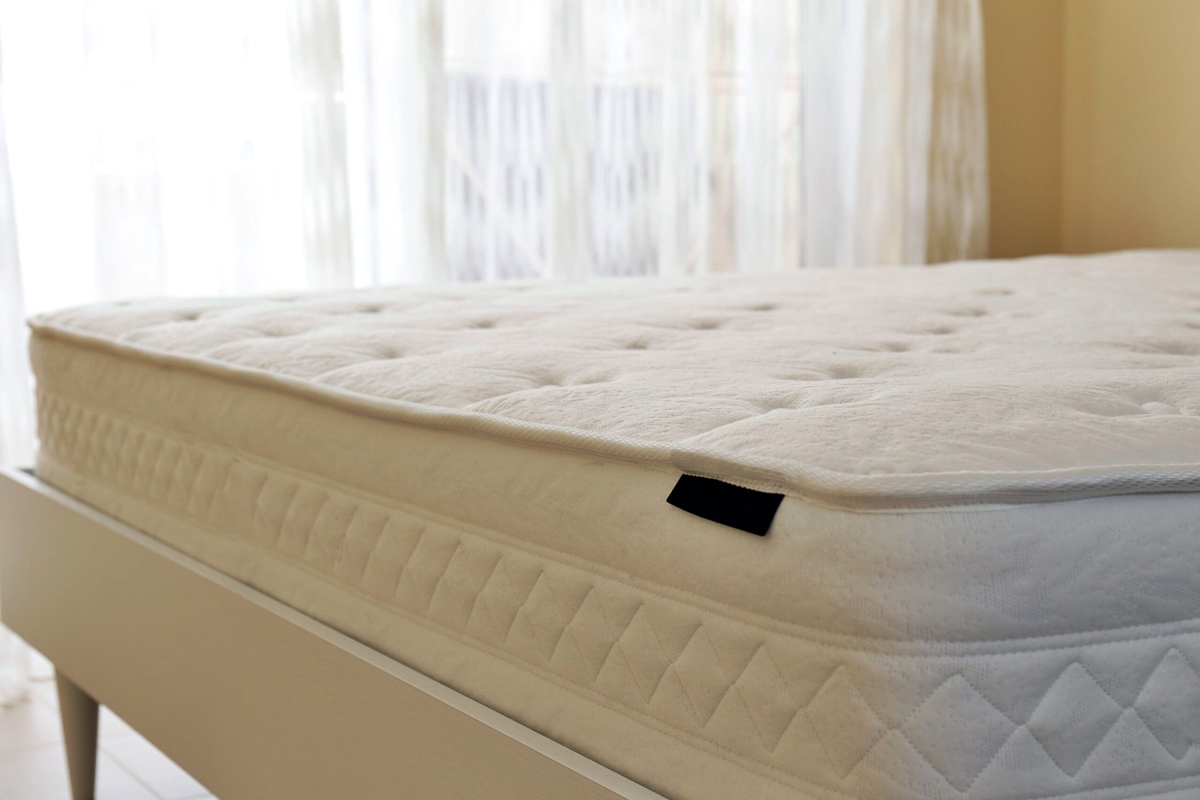
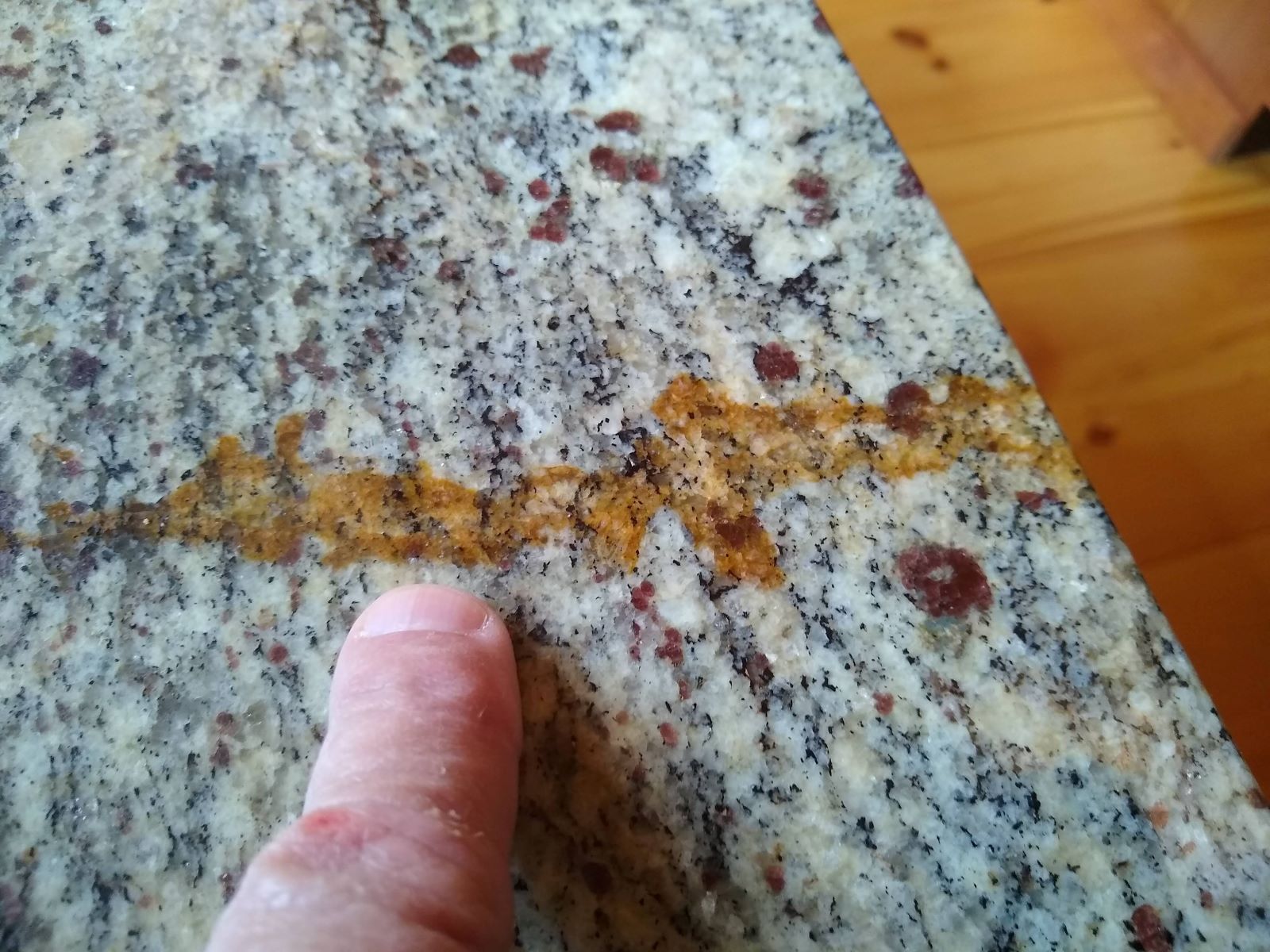
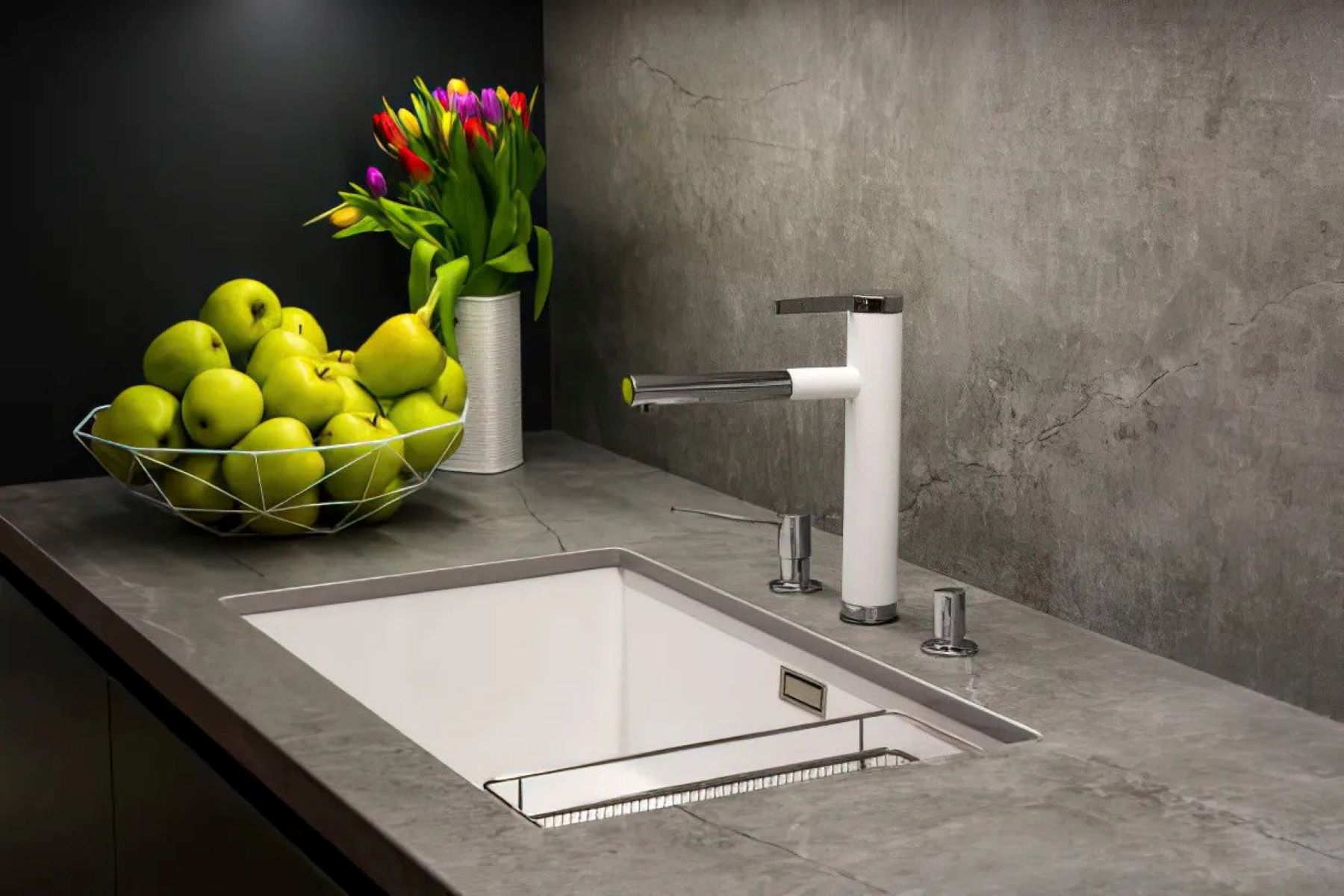
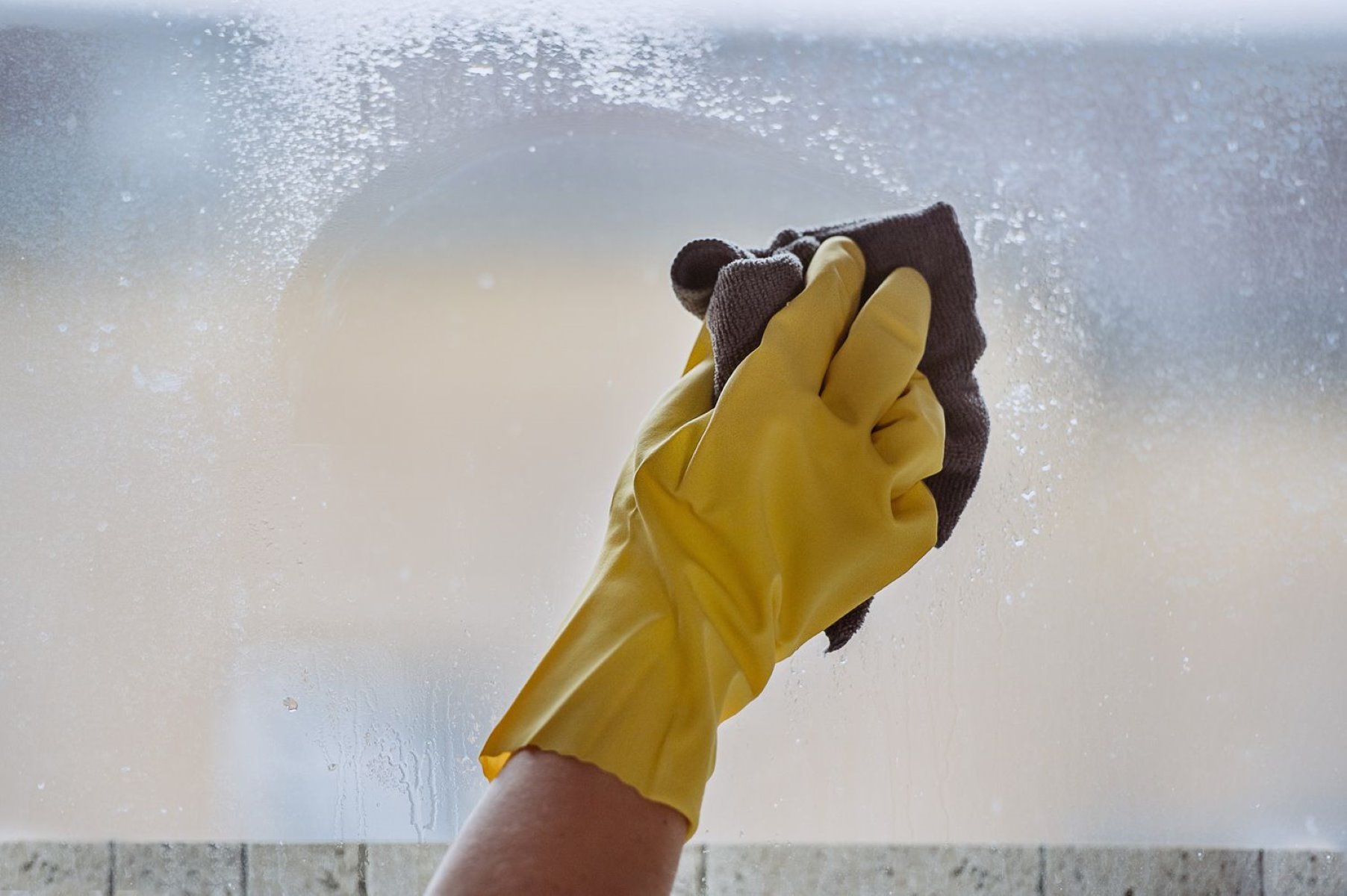
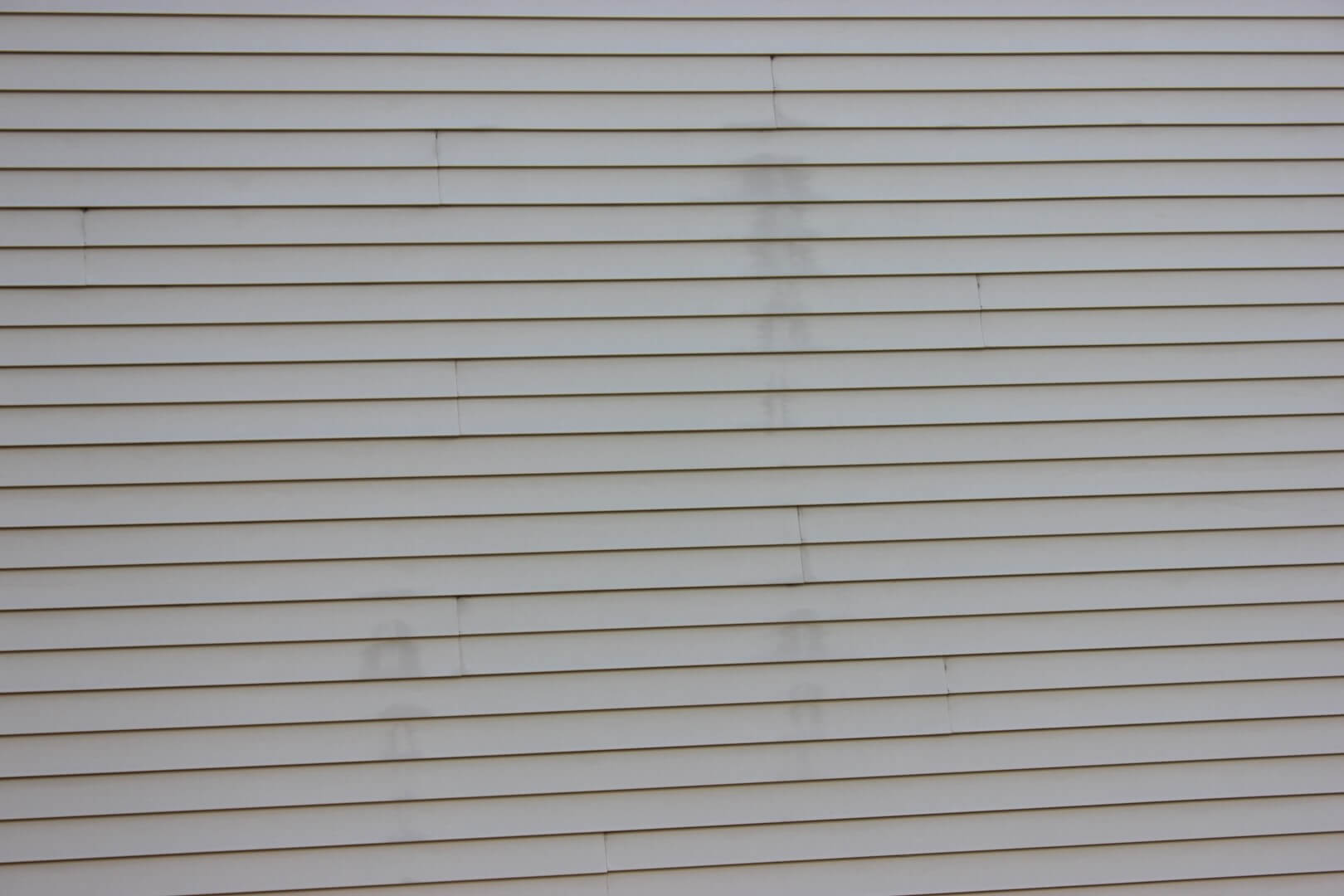
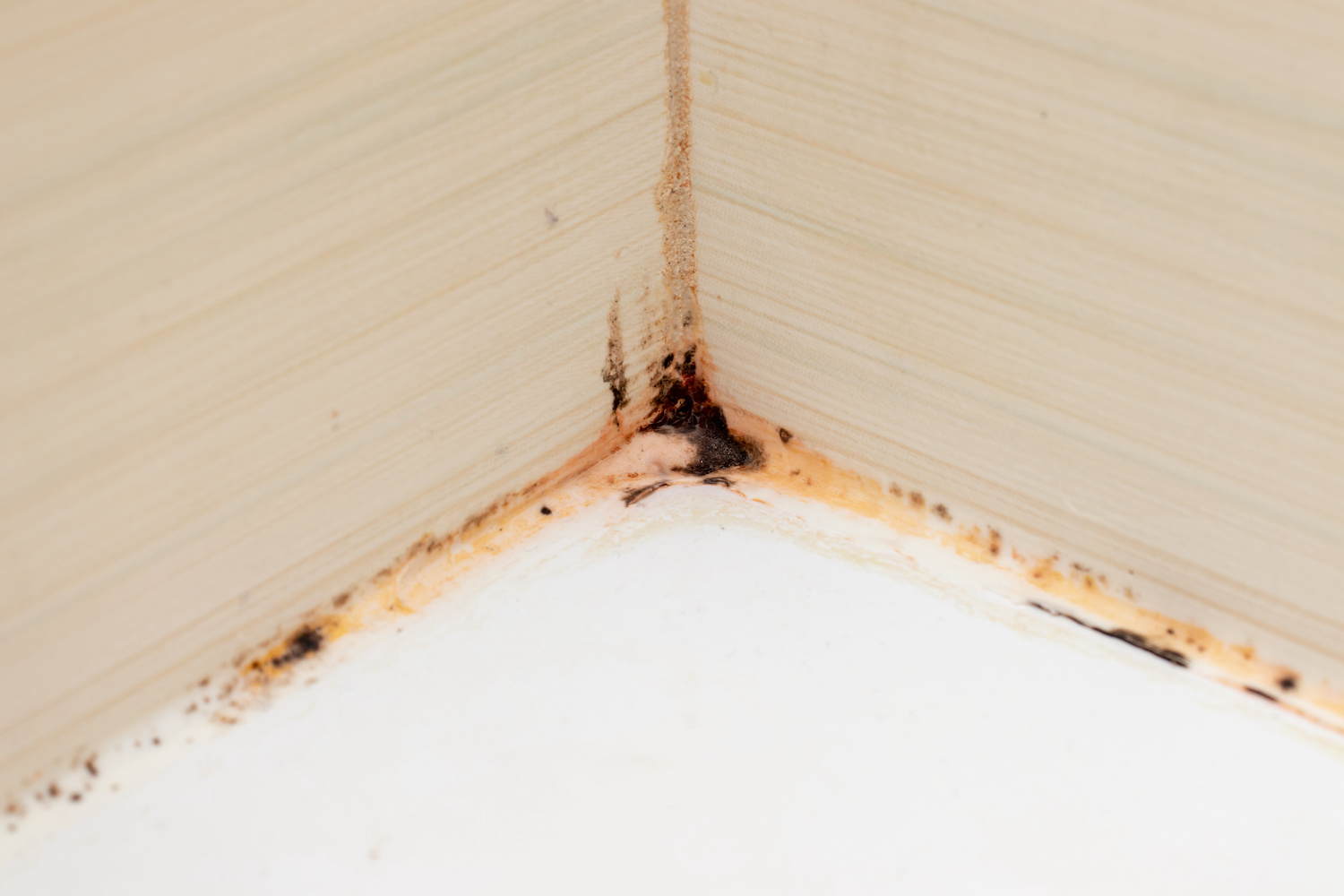
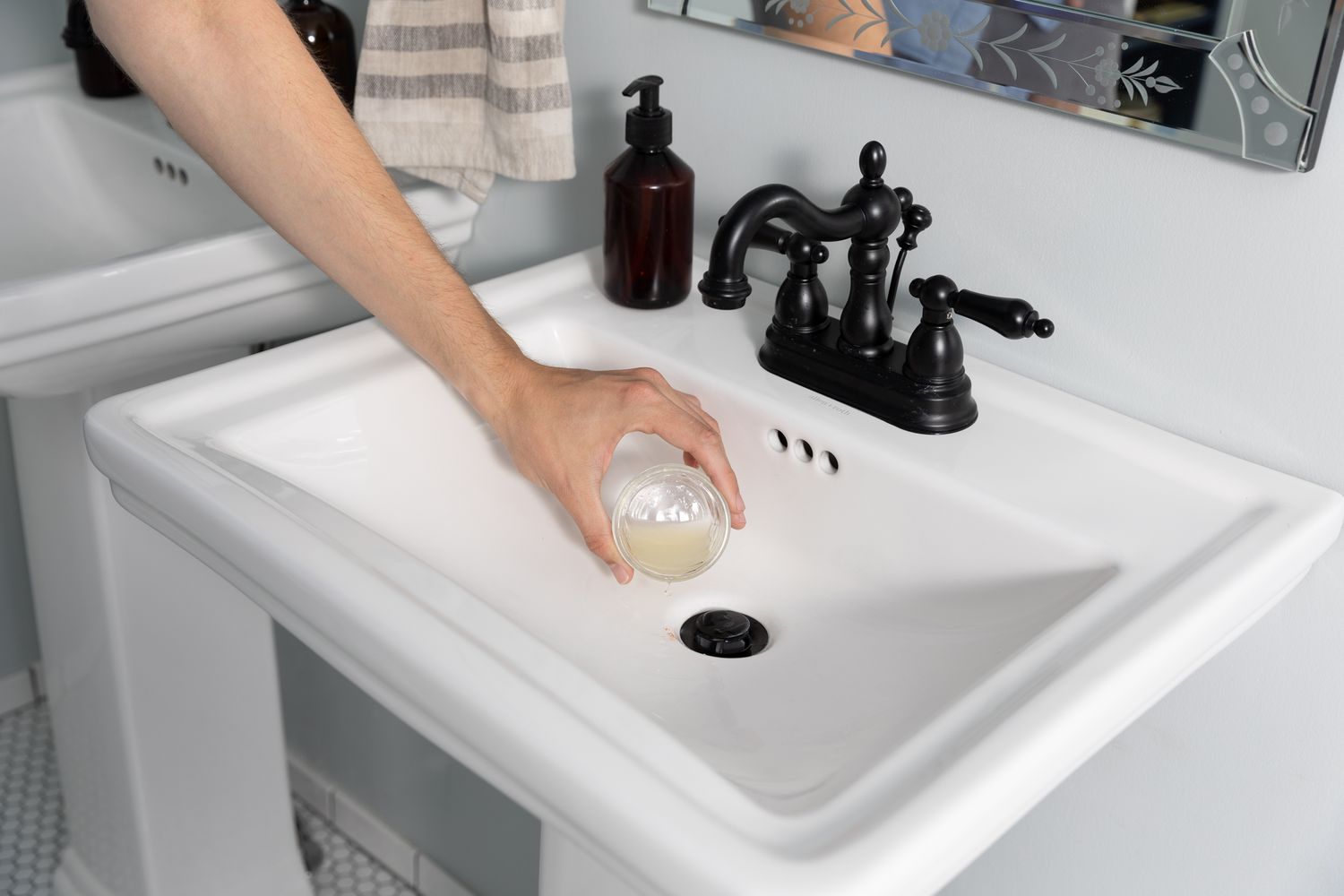
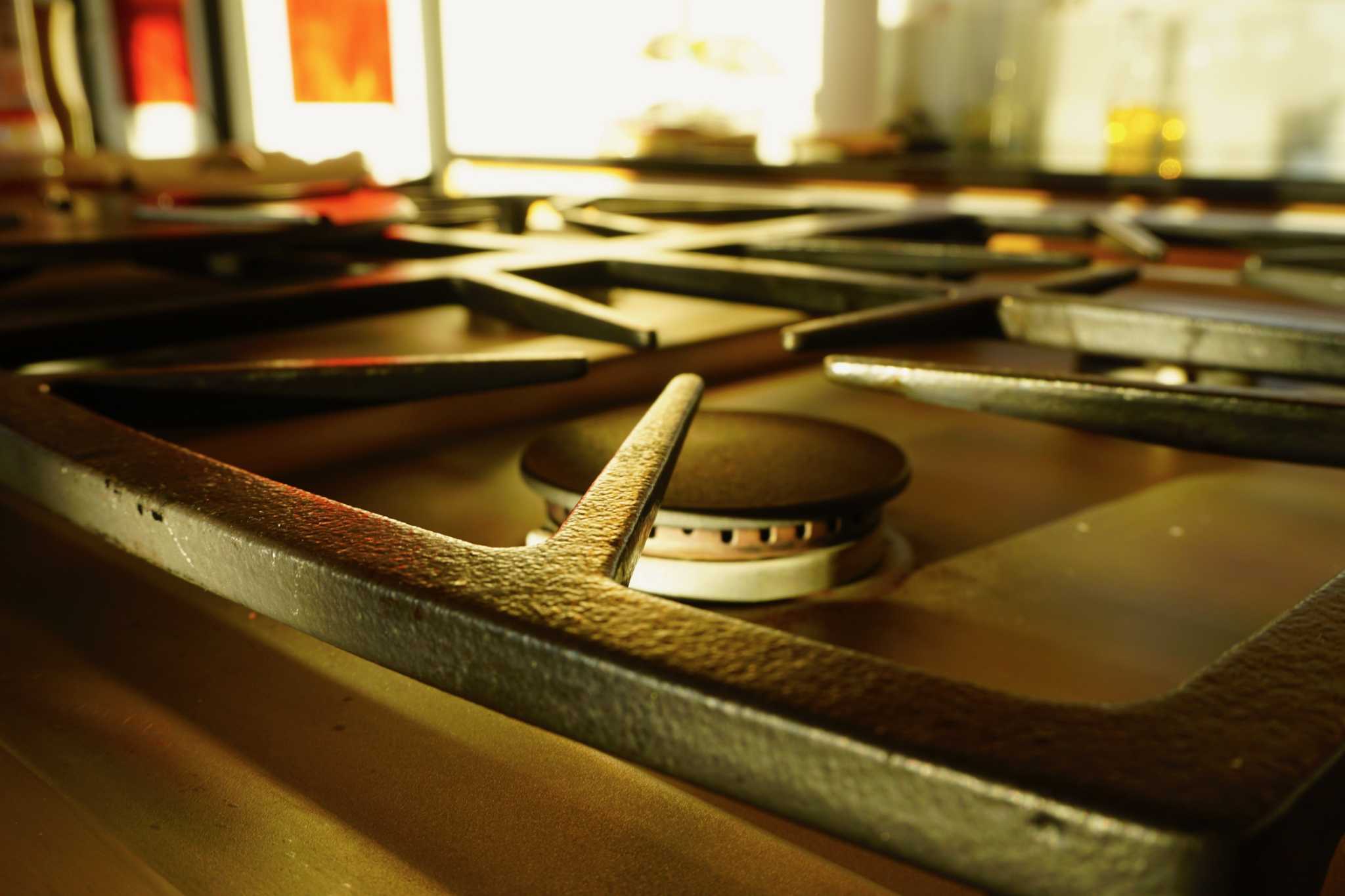
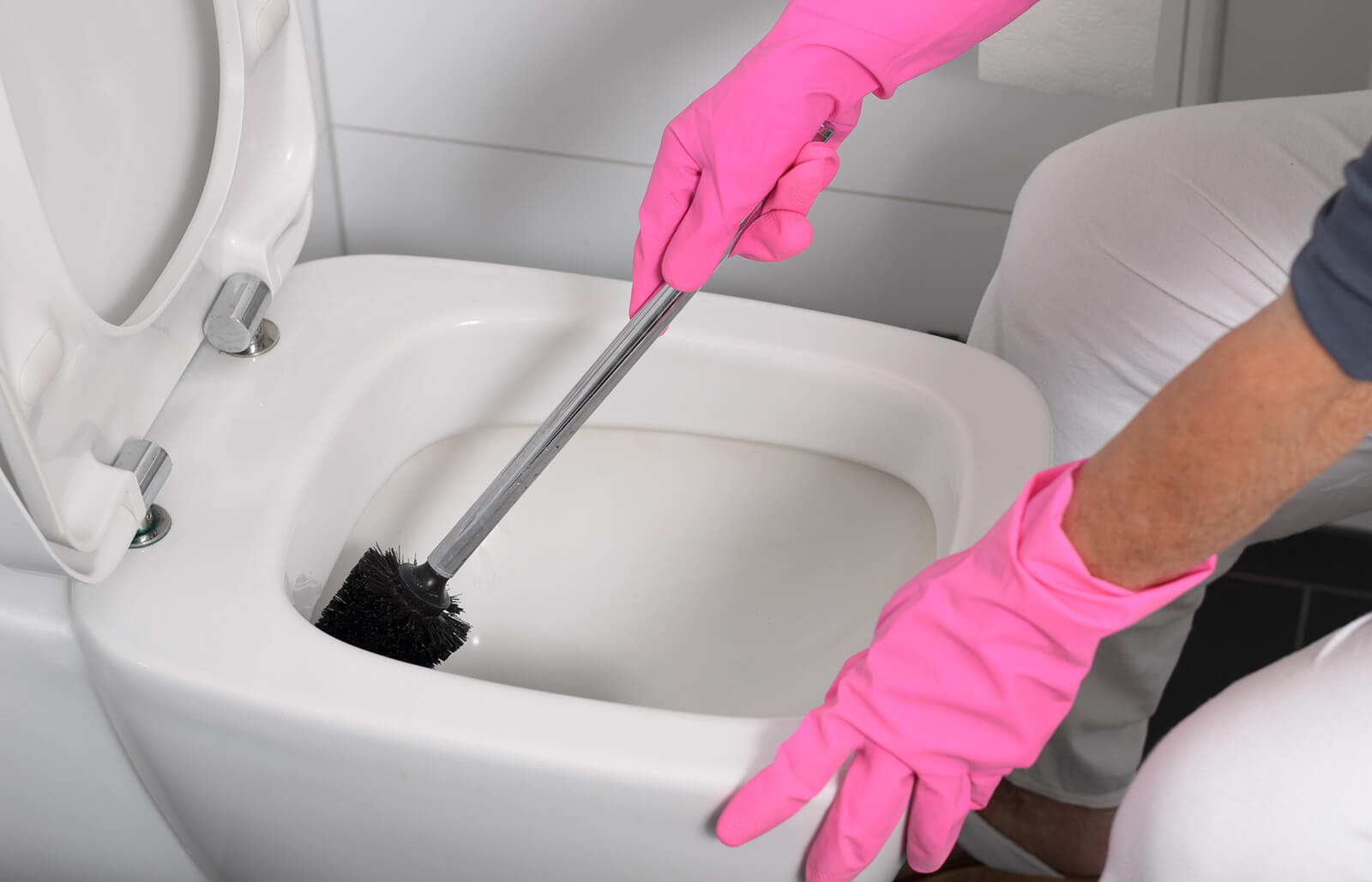
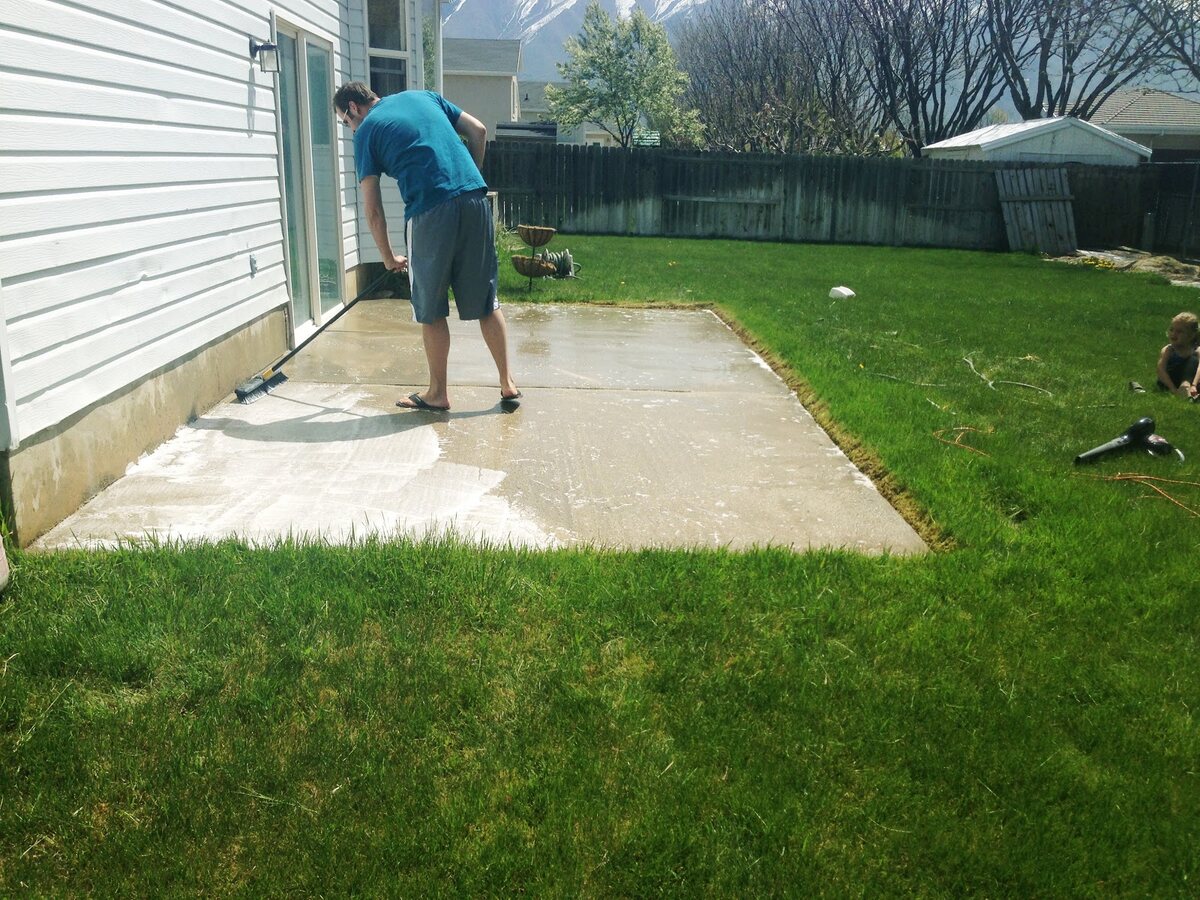
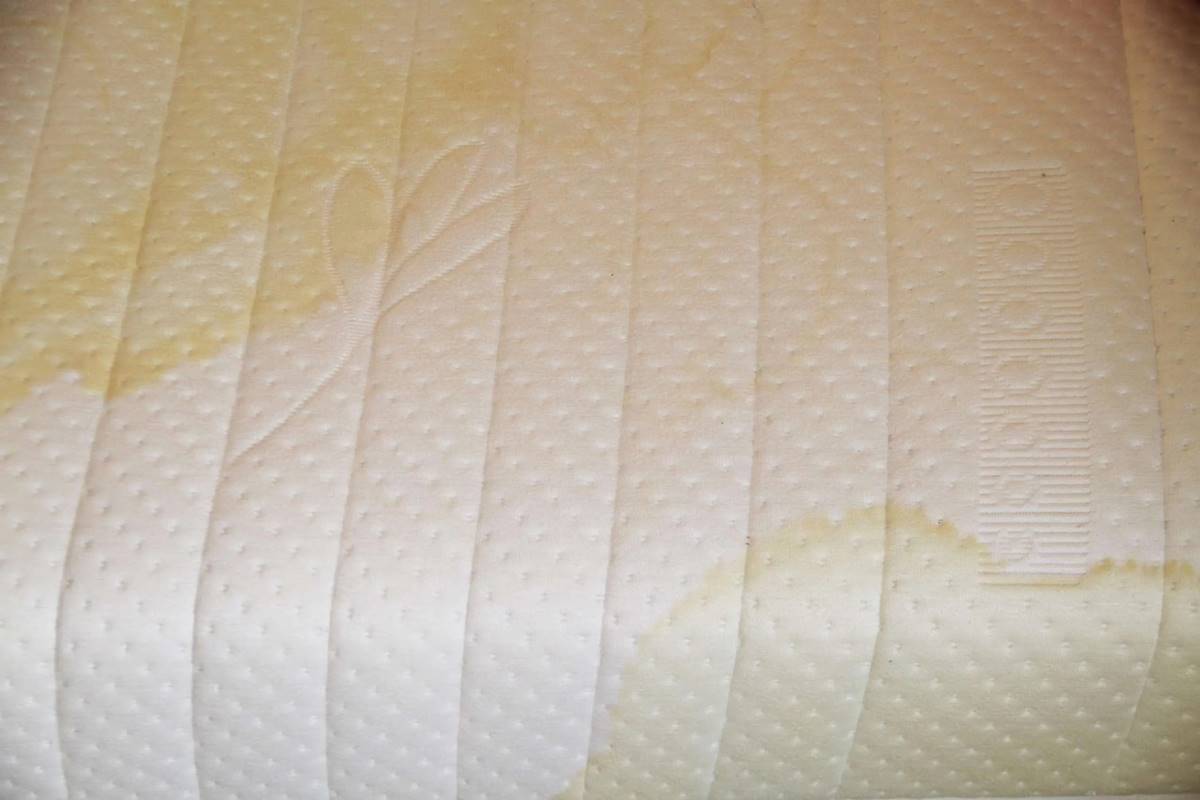


0 thoughts on “How To Get Stains Off The Countertops”